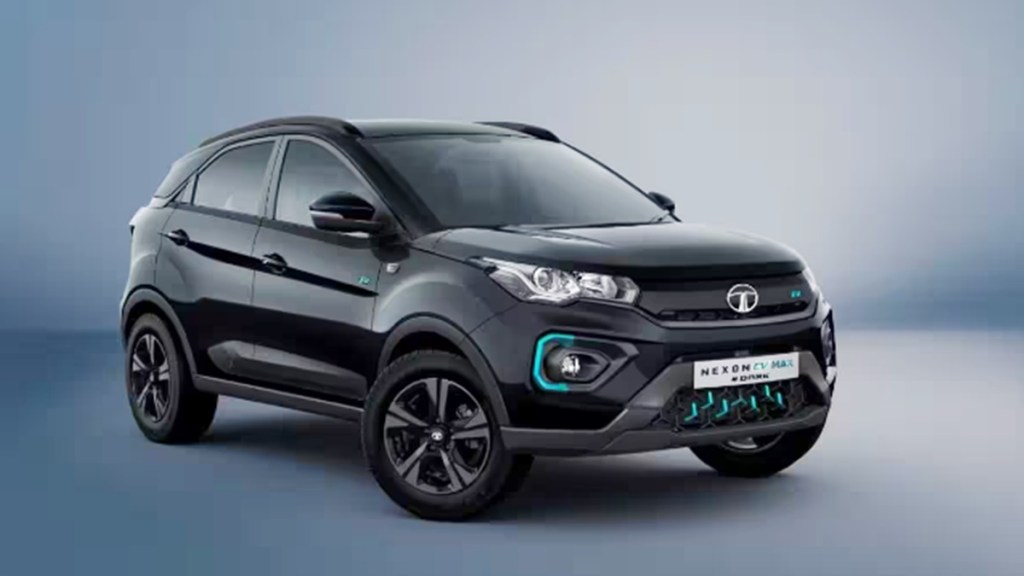Recently, while driving Tata Nexon EV Max – an electric car – I was trying to locate the gearstick, but all I could find was a rotary dial with a screen showing which gear the car is in.
From the large manual gear lever (a long stick) between the front seats to a tiny rotator, gear controls have come a long way, and in the future may disappear altogether.
Let’s take a look at how cars have been changing gears.
Manual gearstick
Almost the entire 20th century, the manual gearstick was the most popular transmission. In India, it still is, with 75% cars being sold with manual transmission. A benefit is that the driver can control when to change gears, at what engine RPM, to get the best fuel efficiency and power from the engine. Manual transmission is simple and cheapest, and is likely to remain popular till internal combustion engine cars remain popular.
PRNDS top-to-bottom
It’s the most popular setting seen on automatic gearbox cars. It’s simple to use — the natural up-and-down movement of your left arm makes it easy to operate.
PRNDS is an acronym – P for park, R for reverse, N for neutral, D for drive, and S for sport mode. Some gearsticks have an L (low) setting, which keeps vehicle speed low and engine RPM high, for more pulling power.
The automated manual transmission (AMT) gearstick doesn’t have the P setting — you’ve to instead use parking brake.
Most PRNDS gearsticks have a manual mode – either as a (+) or (-) on the gearstick, or in the form of shift paddles on the steering wheel.
Like the manual gearbox, the PRNDS set-up also takes up space on the console between the front seats, which could have been used for extra storage. Also, while the gearstick has a covering to protect it from liquids, spilling coffee on it can make a mess.
PRNDS rotary
It’s seen in new Jaguar Land Rover cars. While it might look confusing — the rotary knob sinks inside the centre console when the engine is switched off, and isn’t visible — it’s easy to operate. You just have to rotate the knob clockwise or anticlockwise to change gears.
PRNDS buttons
The discontinued-in-India Honda CR-V didn’t have a stick, but buttons on the upper part of the centre console. While this layout frees up space between the front seats, a disadvantage is that you have to take your eyes off the road to shift from, say, P to R modes.
Stalk on the steering wheel
Mercedes-Benz has moved the gearstick as a stalk on the right side of the steering wheel. It has a simple layout — push up for ‘reverse’, and down for ‘neutral’ or ‘drive’ gears. A button at the end of the stalk puts the gearbox in ‘park’ mode. It’s more convenient to operate than the PRNDS gearstick because you don’t have to take your left hand off the steering wheel. It also frees up precious real estate on the centre console. For safety, as you open the car’s door, the gearbox automatically goes into ‘park’ mode.
Changing gears in EVs
Electric cars don’t have a gearbox in the traditional sense, but they still need a shift selector. The Nexon EV Max has a rotary shift selector with the RNDS layout. Audi Q8 e-tron has the PRNDS top-to-bottom, and Mercedes-Benz EQS has a stalk on the steering wheel.
Going forward, you may be able to shift gears by touching a tiny touchpad on the steering wheel itself, but the traditional lever isn’t going away any time soon.
Why are gear-controls changing?
Earlier, the gearstick used to be mechanically connected to the transmission, which usually runs under the car’s body, between the front seats. But now all controls are electronic, so a shifter mechanically connected to the transmission is not needed. With the press of a button, a signal goes to the transmission to change gears. This gives a lot of room to car designers to place the gearstick wherever they can, or even do away with one, and instead introduce new gadgets inside the cabin.
(This article is based on the author’s driving experience on multiple automatic gearbox cars.)








